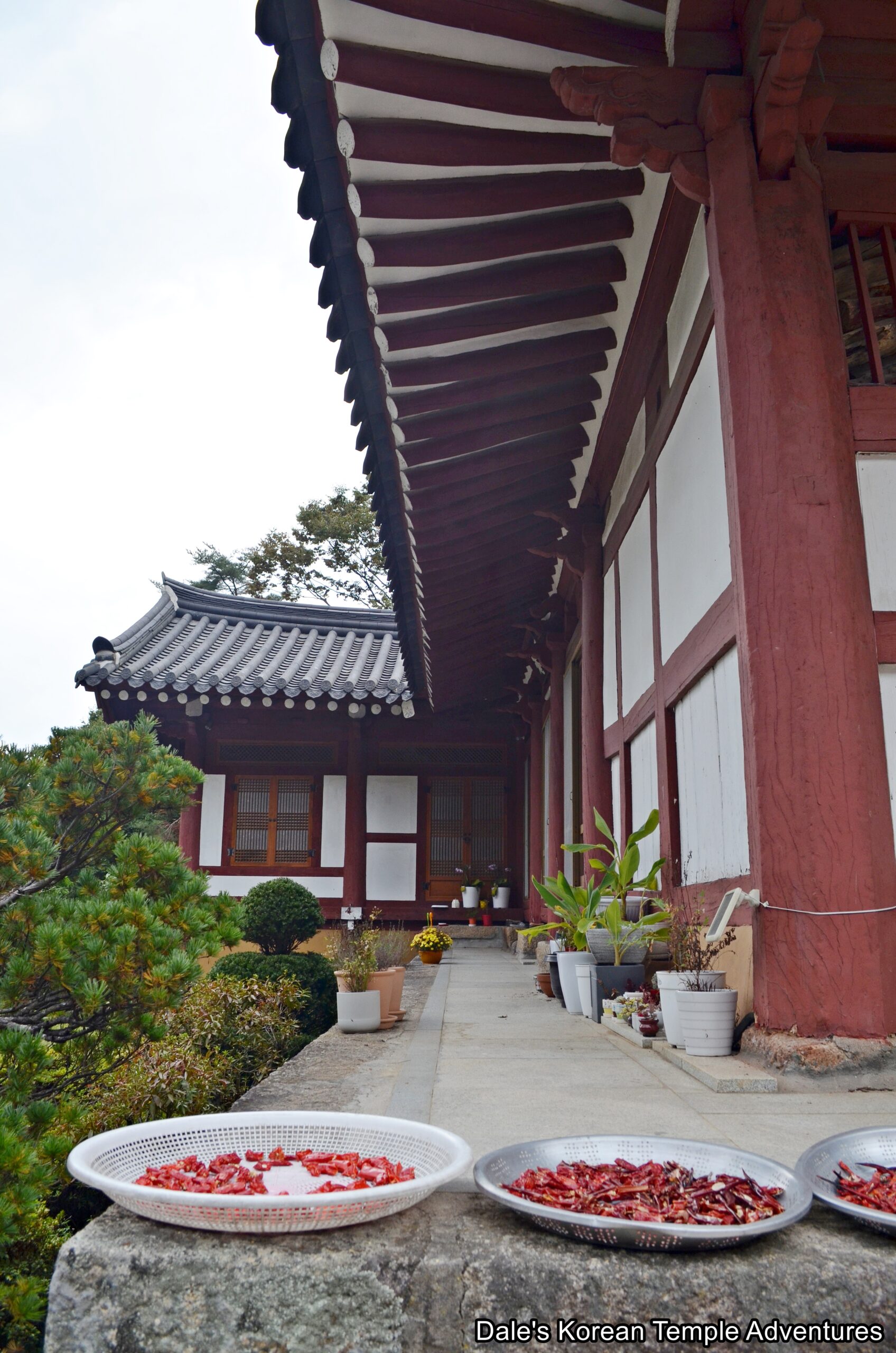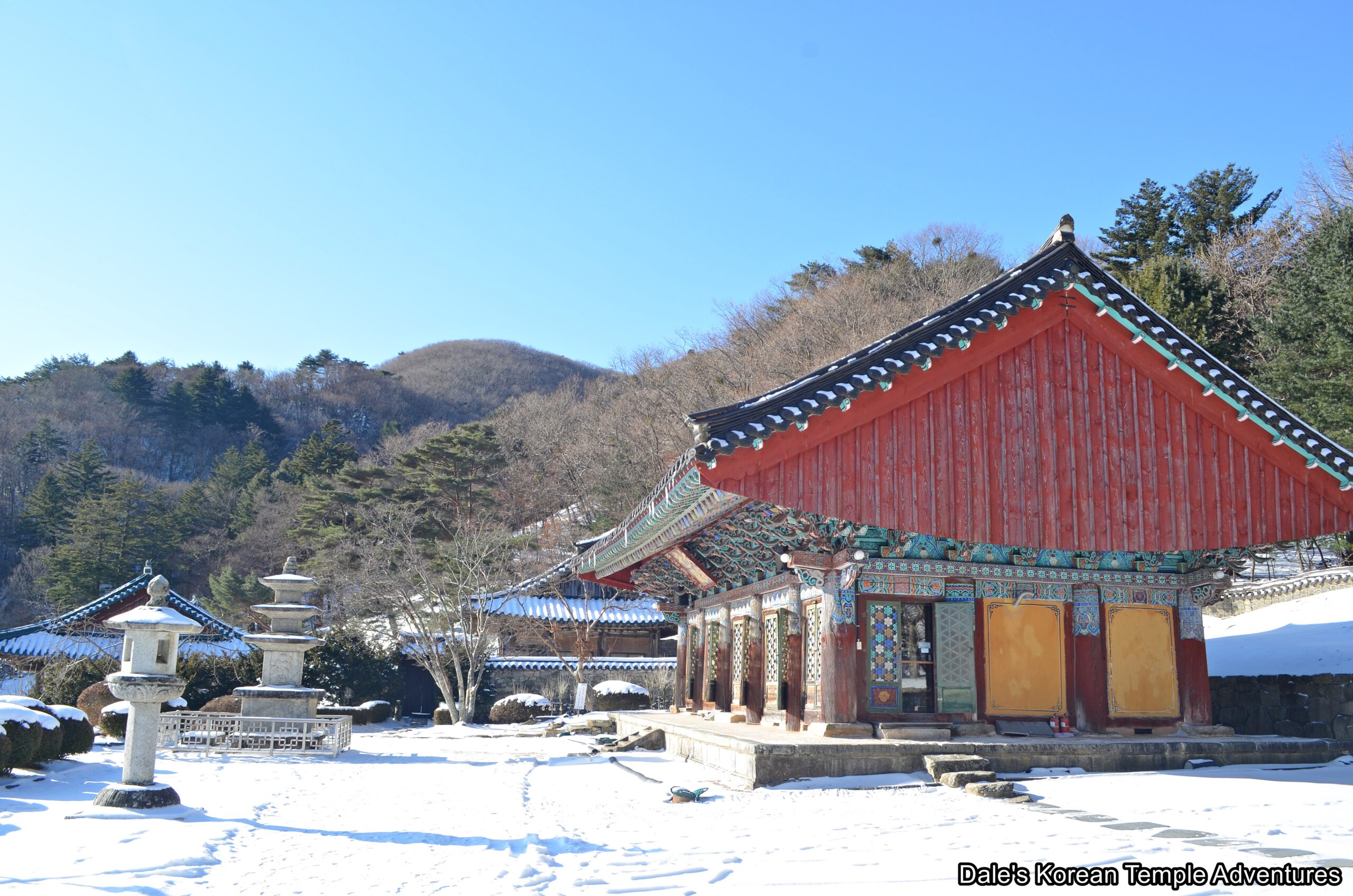Blogs
Dorisa Temple – 도리사 (Gumi, Gyeongsangbuk-do)
거니와 "Not only" | Live Class Abridged
Seoknamsa Temple – 석남사 (Anseong, Gyeonggi-do)
Nam-gu Office Offers Foreign Language Mobile News Service for Foreigners
Korean Learners Are OVERUSING These Words
Cheongnyongsa Temple – 청룡사 (Anseong, Gyeonggi-do)
마찬가지 | Live Class Abridged
Are Koreans funnier? | The DOs and DONTs of Korean Humor
Beopryunsa Temple – 법륜사 (Yongin, Gyeonggi-do)
Gukilam Hermitage – 국일암 (Hapcheon, Gyeongsangnam-do)
Samseonam Hermitage – 삼선암 (Hapcheon, Gyeongsangnam-do)
The Subtle Difference Between 즘 and 쯤 | Korean FAQ
Sudoam Hermitage – 수도암 (Gimcheon, Gyeongsangbuk-do)
Capturing the Essence: A Morning Photowalk at Jinha Beach




Recent comments